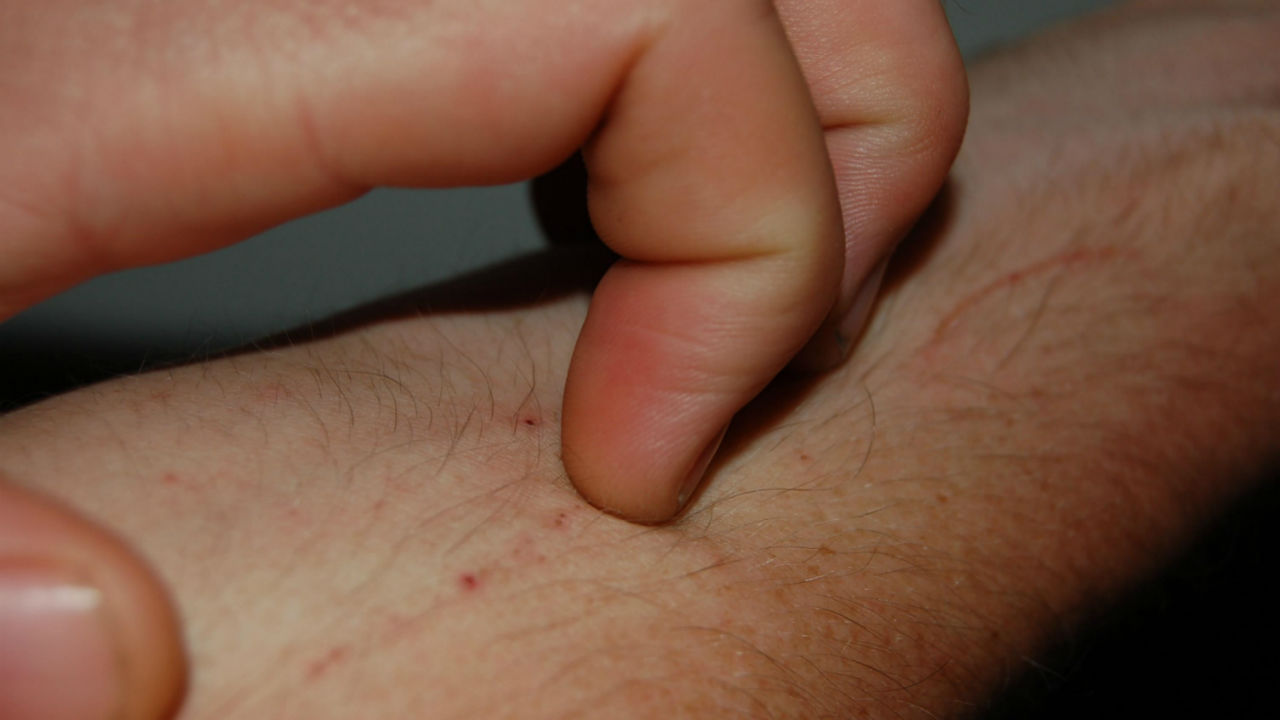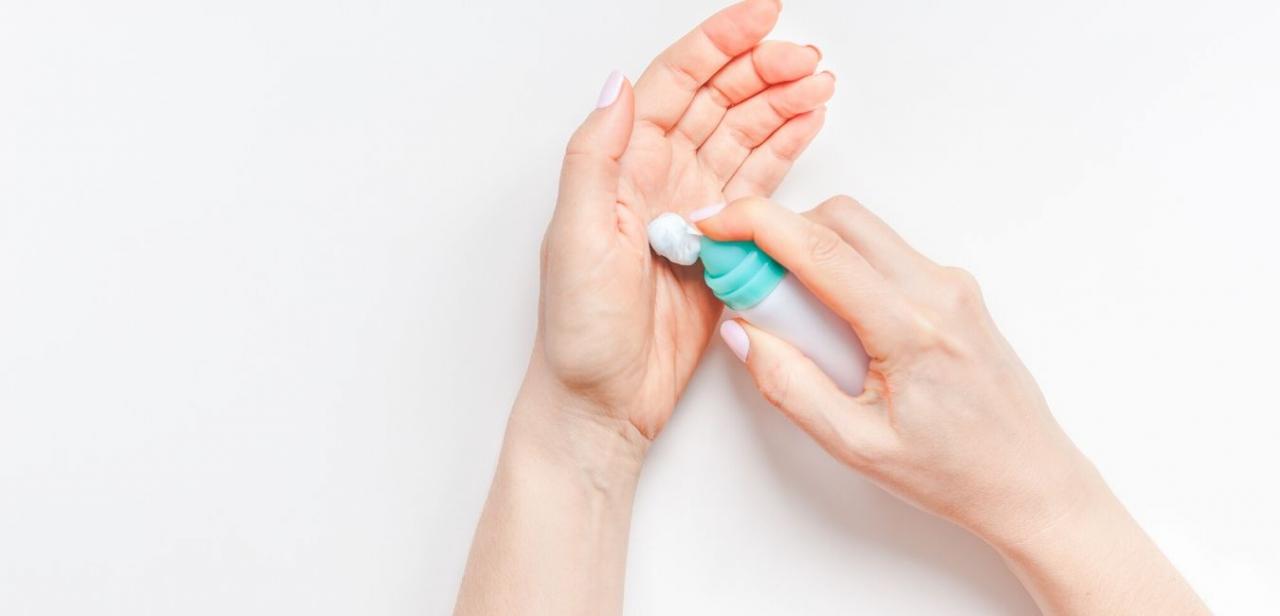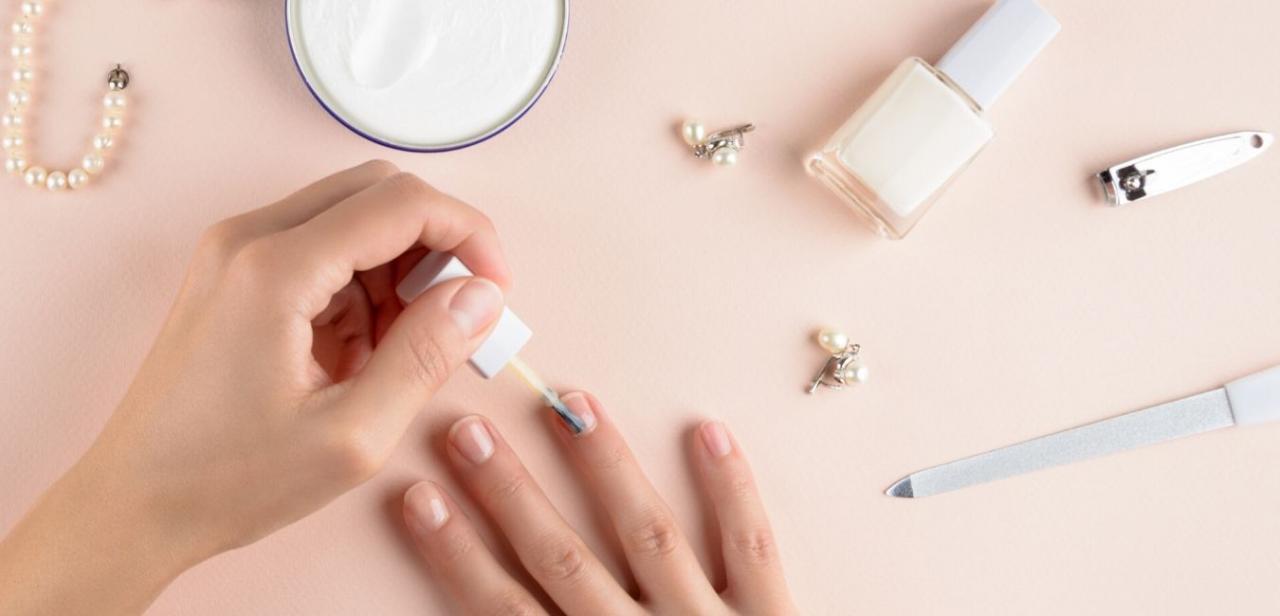Light Emitting Diode (LED) phototherapy or LED light therapy is a treatment of aesthetic medicine with a wide range of indications. By stimulating cell activity, the treatment:
• Fight the oxidative stress responsible for aging skin and hair cells, in particular.
• Promote healing and accelerate collagen synthesis for improved tissue elasticity.
• Treat inflammatory acne by rebalancing sebum.
• Slow down the development of alopecia (by strengthening hair follicles) and treat the pelade while stimulating hair regrowth.
How does LED light therapy works?
LED light therapy is based on the artificial reproduction of sunlight without ultraviolet rays and without danger for patients. The LED is a cold light whose light waves act on the different layers of the skin to stimulate fibroplasts and boost collagen production. The LED light must not be confused with the laser whose (hot) light is captured by the melanin before turning into heat to destroy its target (particularly epileptic laser).
Each light is used to treat a particular indication in a non-aggressive and non-invasive manner:
• Red light (the most commonly used in aesthetic medicine) infiltrates the dermis to combat cell aging and improve skin texture. This light beam also accelerates the healing of skin prone to acne or even purplish stretch marks. The action of red light increases microcirculation and micronutrient intake.
• Blue light acts on the causes of acne: its anti-infective action treats the bacteria responsible for excessive sebum production.
All user-generated information on this site is the opinion of its author only and is not a substitute for medical advice or treatment for any medical conditions. Members and guests are responsible for their own posts and the potential consequences of those posts detailed in our Terms of Service.





Add a Comment1 Comments
Thank you for sharing!
Susan
January 21, 2020 - 4:16pmThis Comment